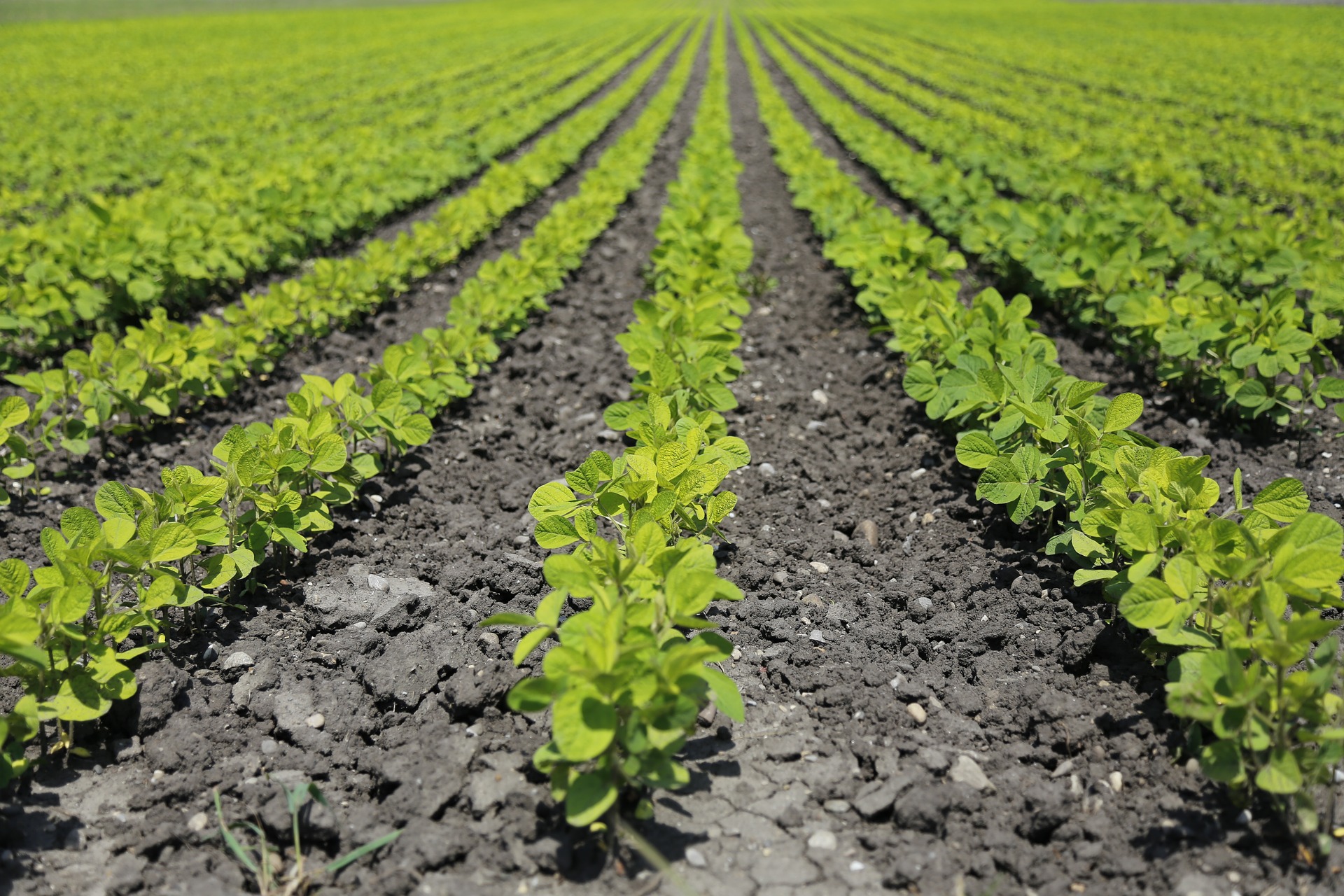Expert Reaction
These comments have been collated by the Science Media Centre to provide a variety of expert perspectives on this issue. Feel free to use these quotes in your stories. Views expressed are the personal opinions of the experts named. They do not represent the views of the SMC or any other organisation unless specifically stated.
Professor Stephen Lincoln is from the School of Chemistry and Physics at the University of Adelaide and is director of South Australian Nuclear Energy Systems
A new study by scientists from Australia, China, Sweden and the United States shows that Earth’s land vegetation has become increasingly dense during the peak growing season over the last three decades. First, they find that this coincides with the increase in the amount of carbon dioxide the atmosphere by forty-five per cent since the beginning of the Industrial Revolution due to the burning of fossil fuels. (Generally, plants grow to a greater extent at higher atmospheric carbon dioxide levels.) Secondly, they find that this also coincides with the partial replacement of forests and grasslands by agricultural crops which grow faster. Thirdly, they find that the increased use of nitrogen fertilizers and the increased deposition of nitrogen compounds from the atmosphere because of fossil fuel burning enhance plant growth.
It is encouraging to know that Earth’s plant life, upon which human life depends, is in good shape. Photosynthesis in green plant leaves takes carbon dioxide from the atmosphere and water from the soil to produce the oxygen which we breathe. It also produces the carbohydrates which ultimately lead to all of the other plant materials which feed us. Additionally, much of the fresh water that falls as rain is released into the atmosphere from plant leaves.
However, this must be balanced against the temperature rise and climate change increasing atmospheric carbon dioxide levels are causing. This, together with the expanding area of cropland required to feed a rapidly growing world population and the consequent loss of much of our wildlife is a major concern. In addition, the conversion of wilderness to cropland can release soil carbon as carbon dioxide. These issues reinforce the knowledge that we must concentrate on preserving the viability of our home planet, Earth. Scientific studies such as that discussed above are vital to our gaining the ability to do this.
Professor Peter Rayner is Leader of the Clean Air and Urban Landscapes NESP hub, at the University of Melbourne
The research helps explain something we've known for a few years, that CO2 uptake by plants is increasing and that most of that increase is in the peak growing season.
To help fight climate change, though, that CO2 has to stay out of the atmosphere for a long time. The research doesn't address that question.
Also, the surprising importance of expanding croplands is slightly bad news since it's a card we can't keep playing forever.
Associate Professor Andy Leigh is acting Head of School and a plant ecologist from the School of Life Sciences at The University of Technology Sydney (UTS)
Another common feature of agriculture is irrigation. When they have plenty of water, plants can continue to take in CO2 during photosynthesis (the process of using CO2 and sunlight to produce sugars, which allow them to grow). But if they become water-stressed it’s a different story.
No amount of CO2 is going to help a drought-stressed plant grow and drought is increasing in many places around the world.
So, while crops may be doing well, this is often dependent on keeping the water up to them and it certainly won’t help natural vegetation systems, which aren’t artificially irrigated.
Also, unlike trees and shrubs, all cereal crops (corn, rice, maize, wheat, barley etc) are shallow-rooted and short-lived. This means that the CO2 cereal crop plants take in from the atmosphere isn’t locked underground the way it is for long-lived, deep-rooted plants, but instead released back into the atmosphere pretty quickly.



 Australia
Australia



